Something to seriously reflect on as Naga people grapple with corruption, conflict and a failed system all around us, a revisit of the history of Christianity in Nagaland brings out the story of moral courage and hope that our great Naga forefathers had when they accepted the Gospel more than 100 years ago.
Re-visiting a Shared-History: Imprints of Christianity in Nagaland
By Dr. Asangba Tzudir | Naga Republic Feature
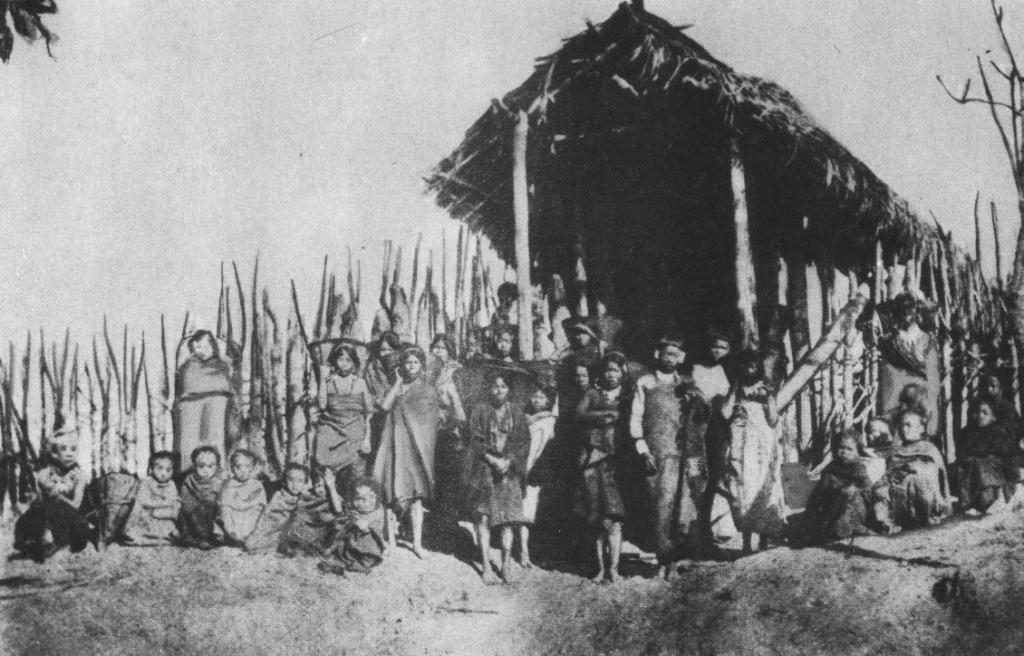
The then Molungkimong Village (Deka Haimong) gate which was opened to welcome Rev. Dr. E. W. Clark, escorted by the 60 warriors, for the first time by the Kosasanger Village Council, on 18 December 1872
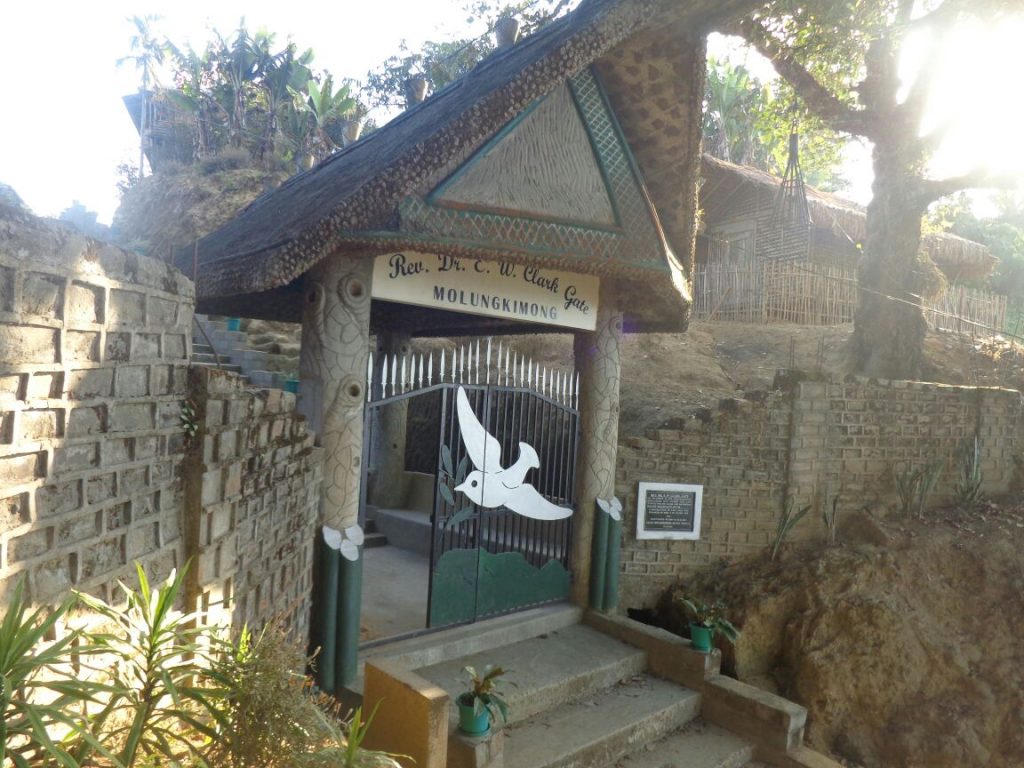
At the same place is the present Molungkimong Village Gate dedicated to the memory Rev. Dr. E. W. Clark
Our Naga forefathers wanted a better world—a future that would be without violence, disease and poverty. A deeper understanding of the vision and purpose of accepting Christianity by our Naga forefathers reveal this genuine concern for the future.
Dr E. W. Clark who came to the Naga Hills as a Baptist missionary had this to say. “Time after time they called on me and insisted that I go with them to the hills. I refused every invitation for I knew that there was no security there. I saw that they were anxious for something better for their children … but as for me the risk was too great to be taken at that time”.
Clark did finally come up to the Naga Hills. The Village Council of Molungkimong under Mokokchung district in present Nagaland made necessary arrangements and made an appointment and invited Dr. Clark to the village. Since it was a dangerous expedition for Clark, more so it was beyond the British flag, and a very risky task on the part of the natives to protect the life of the White man, the Village Council sent sixty warriors to escort Dr. Clark.
Safe yet exhausted, Clark arrived at the Molungkimong village gate escorted by the sixty warriors on Wednesday, 18th December 1872, around noon. Consequently, the following Sabbath, on 22nd December, 1872, the fifteen converts were baptized by Dr. Clark in the Jungli Tzübu (Village pond) after which a devotional service was conducted where Dr. Clark delivered the sermon and also administered the Lords Supper.
This first baptism in Naga Soil marked the establishment of the first Church in Nagaland at Molungkimong. 22nd December is regarded as a red letter day for the Nagas as it marks the establishment of the first Baptist Church in Naga Hills.
Amidst criticism and warning from other villages, our great Naga forefathers accepted the Gospel with courage, transparency and simplicity which changed the fate of the Nagas. The rest as they say is history. Christianity brought an end to the practice of headhunting and conflict. The new system of education and learning opened new horizons for people. Christian faith taught lessons of love, forgiveness and hope for the future.
The tremendous growth of Baptist Churches in Nagaland is indeed a spiritual fruition of Dr. Clark’s visionary prayer at Molungkimong, where he pleaded to God with tears that the warring Nagas would see the Light of gospel one day. But have we the present generation of Nagas failed this vision that gave hope to our forefathers for a better world. The present state of deep rooted evil and corruption was not what they wanted.
This is a time to reflect and revisit the shared history and what Christianity was meant to be, as understood by our ordinary, illiterate Naga forefathers.
As the story goes, at a time when Clark’s eyes were set on the Naga hills, he incidentally got acquainted with Supongmeren (Native of Molungkimong) through Godhula who was a zealous Assamese Evangelist, one of the early converts from Assam.
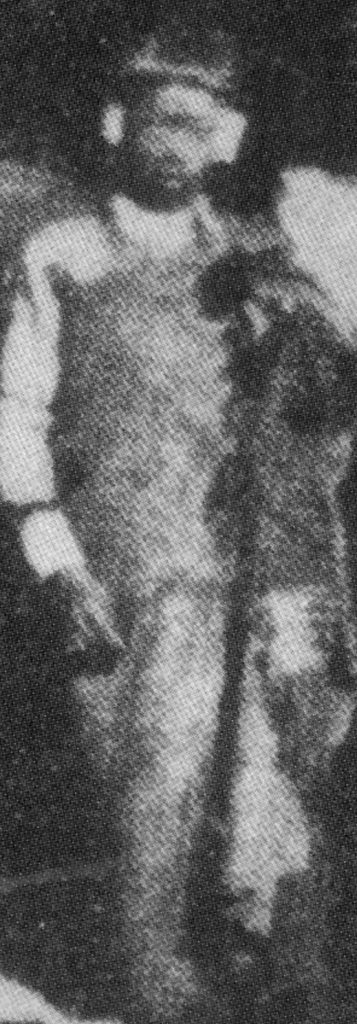
Supongmeren of Molungkimong, the pathfinder and initiator of Christianity
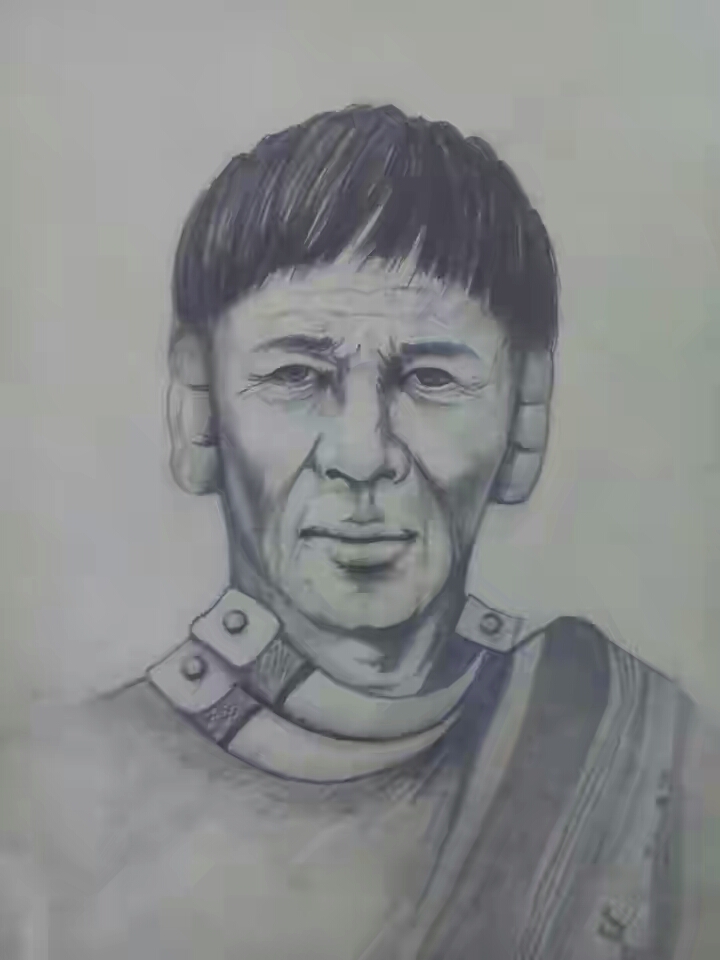
A sketch of Supongmeren
Within few years of acquaintance, the three developed a strong friendship with reciprocal interests. While Godhula and Dr. Clark were drawn into evangelizing the headhunters, Supongmeren was fascinated by the teachings of Christianity and school system at Sibsagar.
Clark recounts the event in the following words – “These men were down from the hills to trade …they stood peering in at the children who were studying and reciting.”(Bowers 1929:197) What ensued was Supongmeren’s act of teaching Ao language, custom and culture to Godhula and Clark and the former’s acquisition of basic English and Assamese.
Godhula explained everything about the new religion and further assured that the God of the new religion will stop head-hunting and sickness in the village and that God would deliver peace and harmony among the people. Supongmeren was fascinated to hear the good news since the natives lived with threat of enemies, deadly diseases and famine.
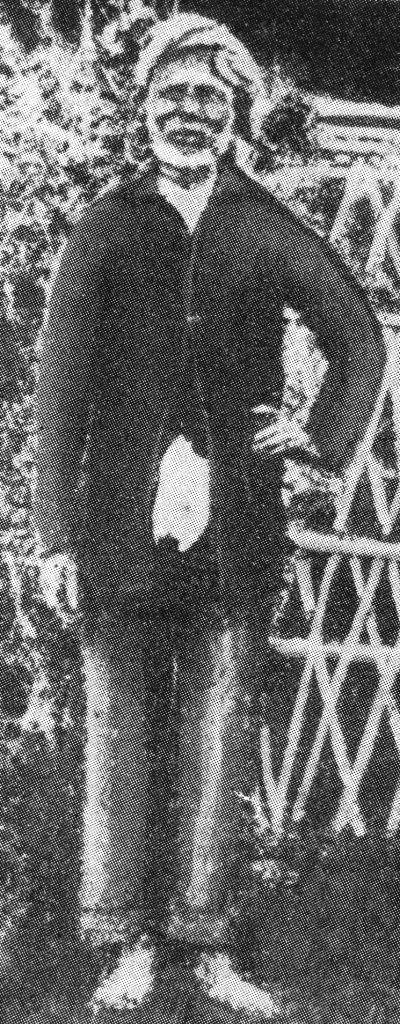
Godhula Brown, the first evangelist to the Naga Hills
Supongmeren, along with other Ao natives, persistently invited Godhula and Clark to their village to teach them the gospel and also teach the ways of knowledge to their children especially after what they saw in the classroom at Sibsagar.
Clark expressed the same event in his own words: “During the next few months the number of parties coming to see the school increased.
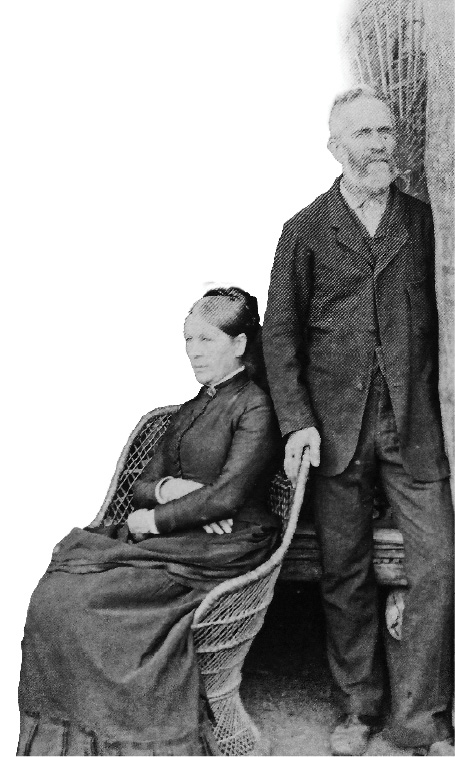
Pioneer Missionaries to the Nagas Rev. Dr & Mrs E. W Clark
And since there was security concern for Clark, as the Naga Hills was beyond the control of the British flag, it was Godhula, who volunteered to go initially. And thus Godhula, the young Assamese, became the first to carry the Gospel to the Naga hills. Eventually, Godhula made a trip to Molungkimong village with Supongmeren and some other Molungkimong natives in October 1871.
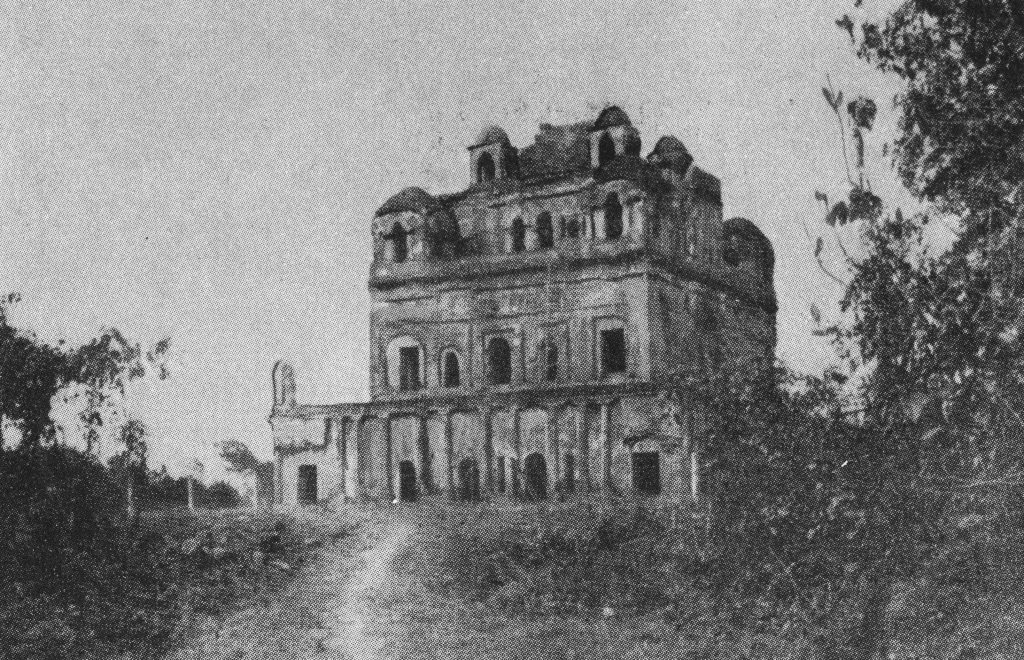
Ruins of the Gargaon Ahom Raja’s Palace, Sibsagar. Dr. Clark, Supongmeren and Godhula viewed Naga hills from the top of this place
The natives went on talking about the new stories in their houses, jhum fields and every possible space and they hurried back to the village in the evening from their fields and huddled at the residence of Godhula and listened to newer Biblical stories. The story telling sessions included moralizing accounts of Abraham, Elijah, Solomon, Daniel, Noah, Jesus and others to the amazement of the natives. Godhula also professed that God would free and save them from the adversaries of famine and plague and that they will be alleviated of all suffering if they accept the new religion.
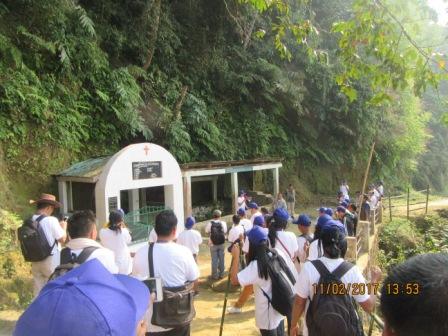
First Baptistery in Naga Soil: The first baptism in Nagaland took place in this pool on 22nd December 1872 where Rev. Dr. E.W. Clark baptized the fifteen converts. This day is commemorated as Baptist Church foundation day in Nagaland. Dr. Clark engaged Mr. Noksenmangyang Ozükum and Mr. Nungshikumba and paid 4 Annas each to dig a pond for baptism beside the village pond
As the hearts and minds of the villagers were drawn in closer to the new religion, the general Village Council of Molungkimong resolved to accept the new religion. Godhula accompanied by nine natives returned to Sibsagar with his first fruits of labor and were baptized by Clark on 10th November, 1872 and their names were registered in the Sibsagar Baptist Church.
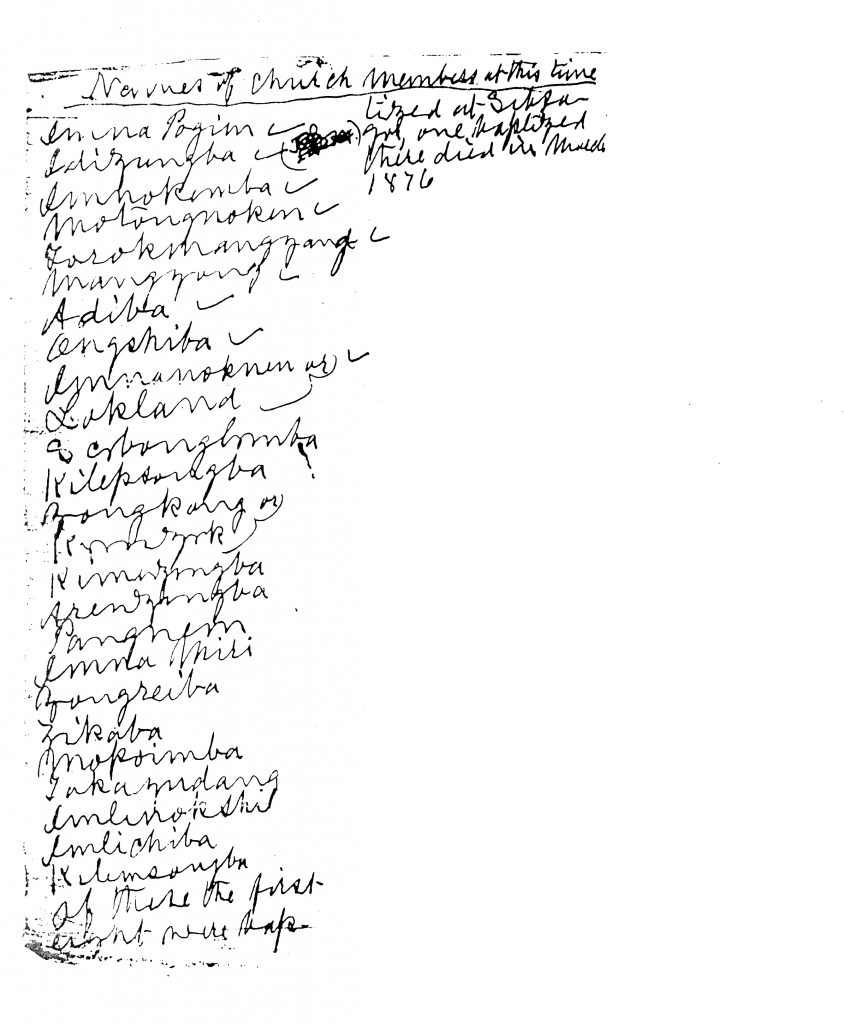
The names of the first 24 Baptized men from Molungkimong written in Clark’s handwriting
In a short while, with the seeds of evangelism, fifteen more natives were ready to accept the new religion.
No matter what, even as we look back to history, Christianity is here to stay among the Nagas. The sacred places at Molungkimong village have been marked by God’s own hands which will stand as monuments of God’s miraculous work and His sustaining Grace for the Nagas.
Nagas of present day must embrace the same hope and vision that our forefathers had—to build a brighter future, a better world for our children.
This is an edited and abridged version of the article ‘Imprints of Christianity in Nagaland’ written by Dr Asangba Tzudir and published by Molungkimong Baptist Church.
The writer has a Phd in Political and Ethical Philosophy from Jawaharlal Nehru University, New Delhi. He has been associated with Heritage Publishing House as Editor for the last 5 years. He also offers research consultancy besides editing service. He can be reached at asangtz@gmail.com
More pictures related to the story is published below:-
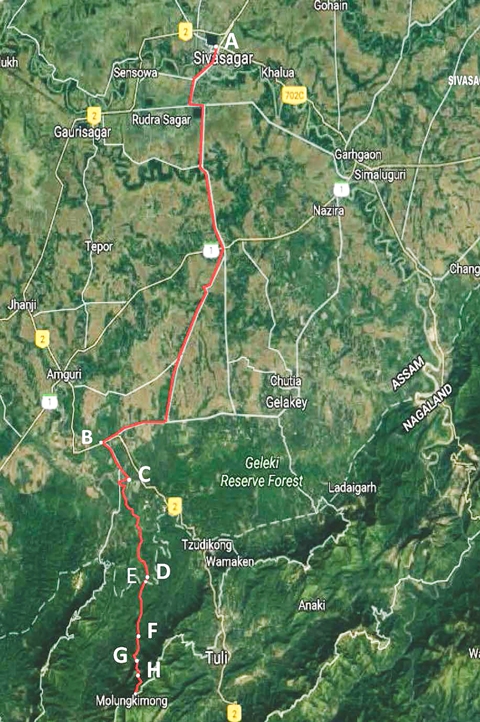
Route map index from Sivasagar to Molungkimong (Deka Haimong)
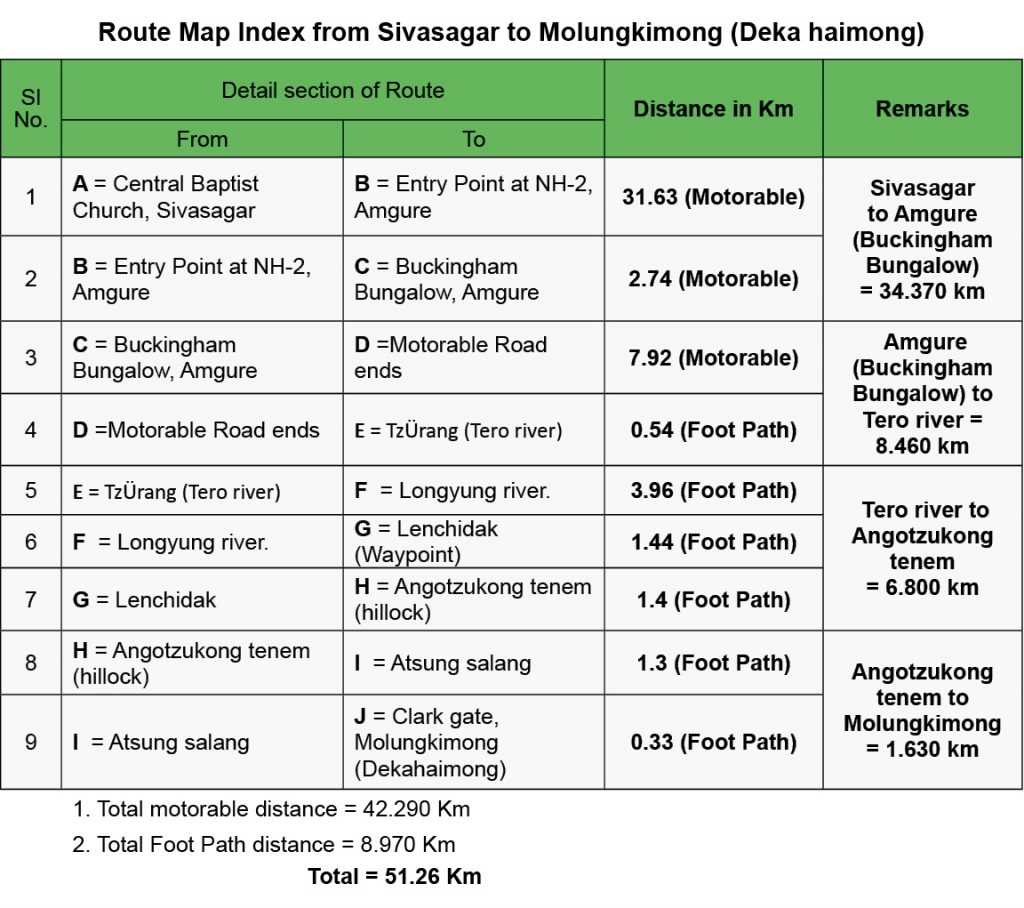
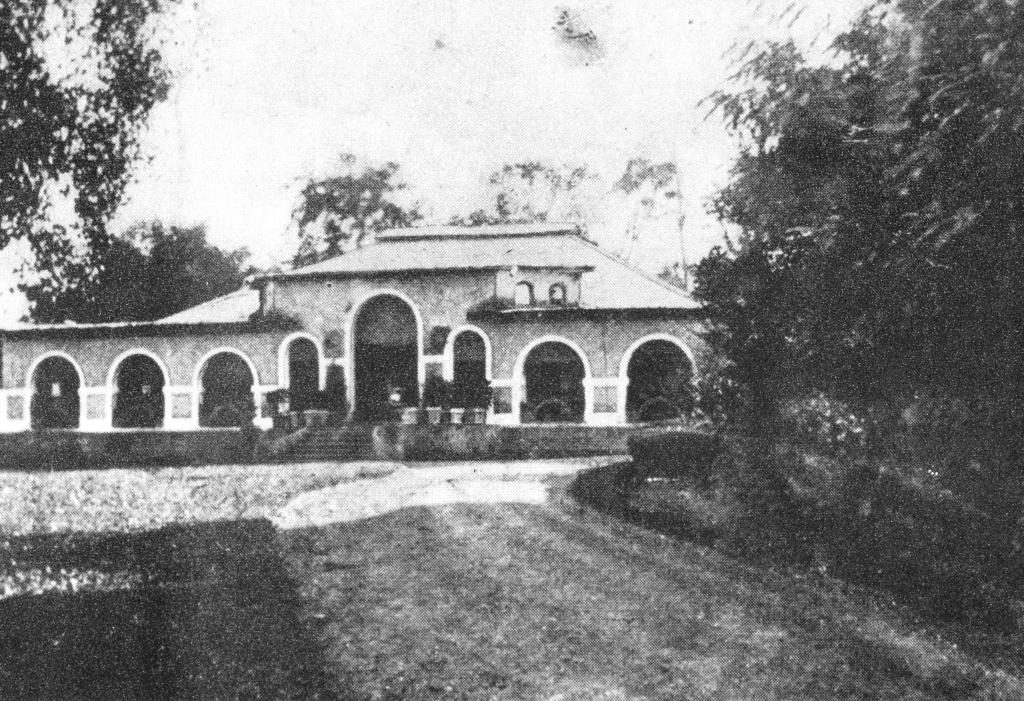
Buckingham Bungalow at Amguri, Assam
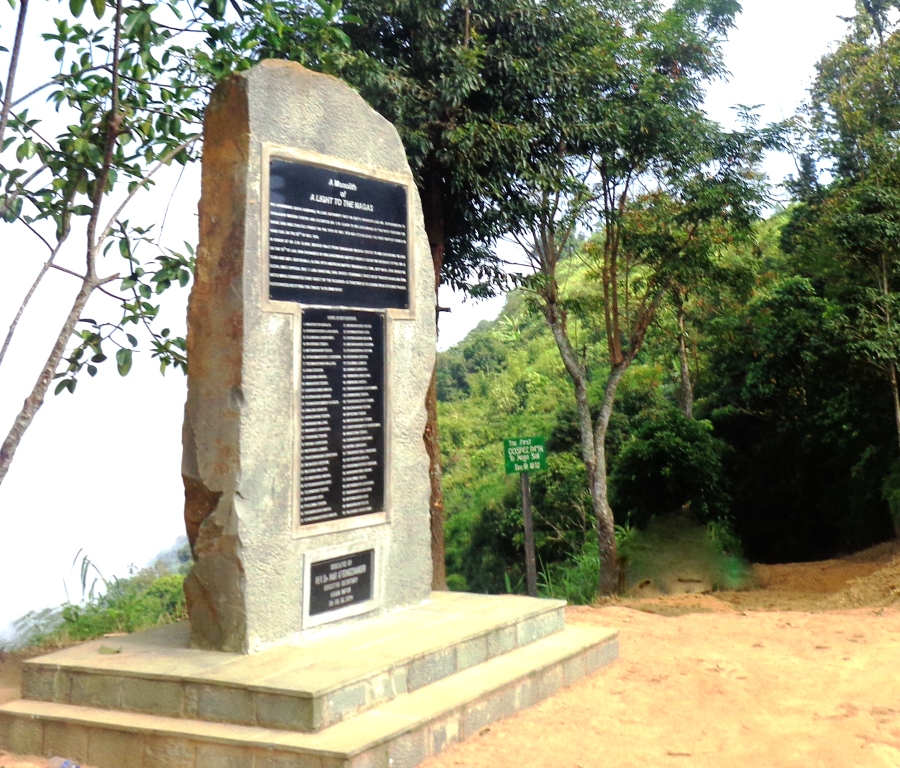
Monolith erected in memory of the 60 Molungkimong (Deka Haimong) warriors stands on the very ‘Gospel Path’ through which Rev. Dr. E. W. Clark first came to the village escorted by the warriors all the way from Sibsagar in 1872. Of the 60 Molungkimong warriors who escorted Dr. Clark and carried his possessions safety to Molungkimong, the Christian men volunteered their services without pay. The non-Christians who were paid Rs. 14 in return of their trouble and expense, returned the money to Dr Clark as a donation to the American Baptist Mission
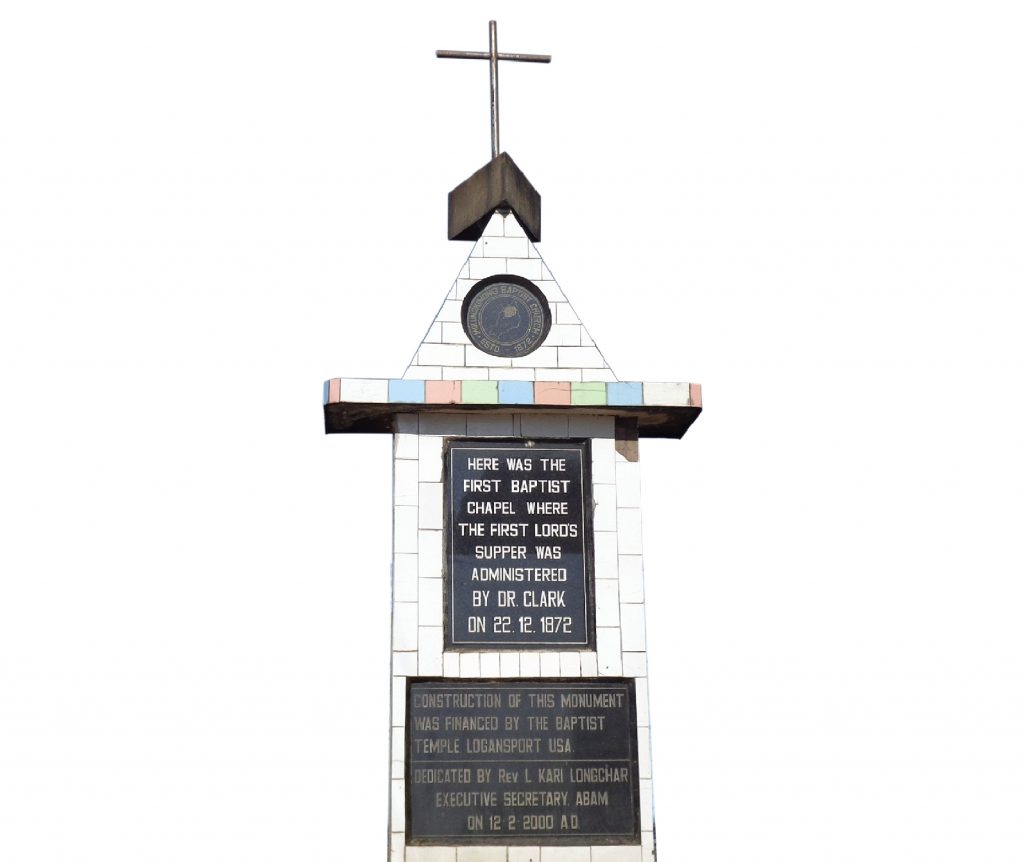
First Chapel Hall Monument: At this very spot, the Chapel hall was constructed where the First Lord’s Supper was administered by Rev. Dr. E.W. Clark on 22nd December 1872. The first bamboo Chapel at Molungkimong which was built without any assistance from the mission, served to evangelize the natives and also for teaching basics of modern education. Dr. Clark and Godhula introduced the 3Rs method of teaching (Reading, Writing and Arithmetic) and taught alphabets and numerals alongside Biblical stories and hymns. The natives were also taught to read hours, days, months and years in numerals and were instructed on health measures, cleanliness and hygiene in the Chapel, Morung and households
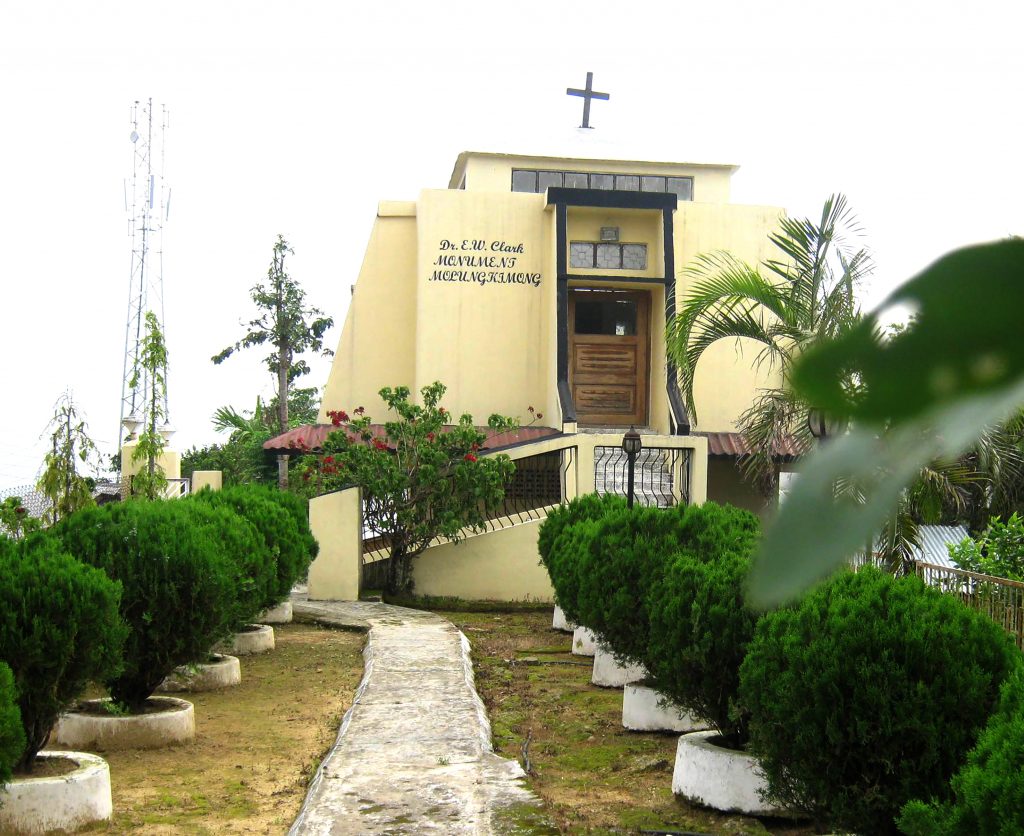
Rev. Dr. E.W. Clark Monument: On this very site Clark and his servant Kenowar lived with Mr. Bendangnüken Longchar from 2nd March to 24th October 1876







 Meet R.N. Ravi, who is mediating peace with the Nagas
Meet R.N. Ravi, who is mediating peace with the Nagas What Does Your Face Say About Your Health?
What Does Your Face Say About Your Health? An orbiting message of peace
An orbiting message of peace The Top Viral YouTube Videos of 2017
The Top Viral YouTube Videos of 2017










3 Comments
Temsu Nokdir
January 24, 2018 - 11:24 amThe Naga Republic will be helpful for the college students
Thanks for the contributor Dr. Asangtsü Tzüdir.
The Naga Republic
January 24, 2018 - 2:54 pmThank you for your feedback and encouraging words. Please do share with as many as possible including the youths
Lima CTC
January 24, 2018 - 4:04 pmThis are complete documentary for the Naga Christian